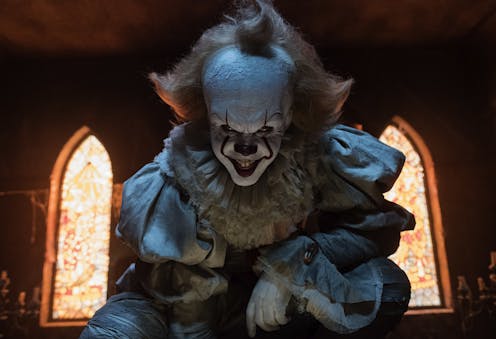in praise of the 'horror master' Stephen King
- Written by Ari Mattes, Lecturer in Communications and Media, University of Notre Dame Australia

Growing up in the 1980s, the name Stephen King was synonymous with macabre, terrifying, apparently taboo (though ubiquitous) book covers. They seemed to appear everywhere: bookstores, to be sure; but also newsagents, supermarkets, cinemas, airports and libraries. They always seemed to be spinning in some library carousel, looking tattered, like they’d been borrowed 100,000 times.
Like a kid from a King novel, I was obsessed with the forbidden. I would spend hours staring at these book covers, thinking about the horrors that might lie within.
Read more https://theconversation.com/friday-essay-in-praise-of-the-horror-master-stephen-king-192507

















